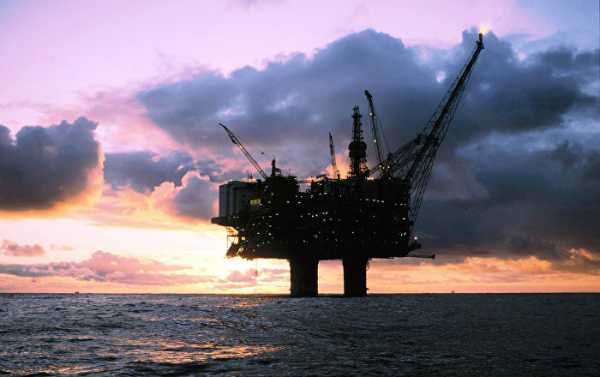
Since the beginning of October, the price of North Sea oil has fallen by around $17 per barrel. This is tantamount to a daily loss of $21 million for Norway.
While Norway is one of the top investors in high tech and “green” innovations, Norway’s economy remains heavily reliant on oil and gas extraction and at the mercy of fluctuations in global oil and gas prices.
According to the national budget, a mere $1 drop in global oil prices per barrel implies a loss of $470 million for the state revenues.
Since its last peak in early October, the price of North Sea oil has fallen by about NOK 150 kroner ($17) per barrel amid a strengthening dollar. Norwegian national broadcaster NRK described the prices as “sinking like a rock.”
NRK listed five reasons for the plummeting prices leading to a drop in revenues. First, higher production from OPEC and the US, which have both flooded the market with oil. Second, the US has given more countries waivers from its anti-Iran sanctions. The more countries are allowed to import Iranian oil, the more saturated the marked becomes. Third, pundits predict lower demand, which will push the prices further down. Fourth, US President Donald Trump’s tweeting that oil prices should be lower, which is interpreted as the US opposing measures to raise the price.
Fifth and last, many speculators guessed wrong about the direction the market is heading, and are now desperate to sell. This is pushing the declining oil price further down.
According to NRK, the annual effect of this will amount to NOK 64.5 billion ($7.5 billion). This corresponds to approximately NOK 5.4 billion ($640 million) a month or NOK 177 million ($21 million) a day.
The petroleum industry is a very profitable business for the Norwegian state, providing 17 percent of the nation’s GDP and 21 percent of state revenues. The government’s total net cash flow from the petroleum industry is expected to total NOK 264 billion ($31 billion) in 2018 and NOK 286 billion ($33.5 billion) in 2019.
The oil and gas industry is monetized in three ways: via taxes and fees from petroleum companies (48 percent), direct shareholding on the shelf (47 percent), and dividends from the oil and gas giant Equinor (6 percent). The Norwegian state is Equinor’s majority shareholder (owning 67 percent).
Sourse: sputniknews.com






